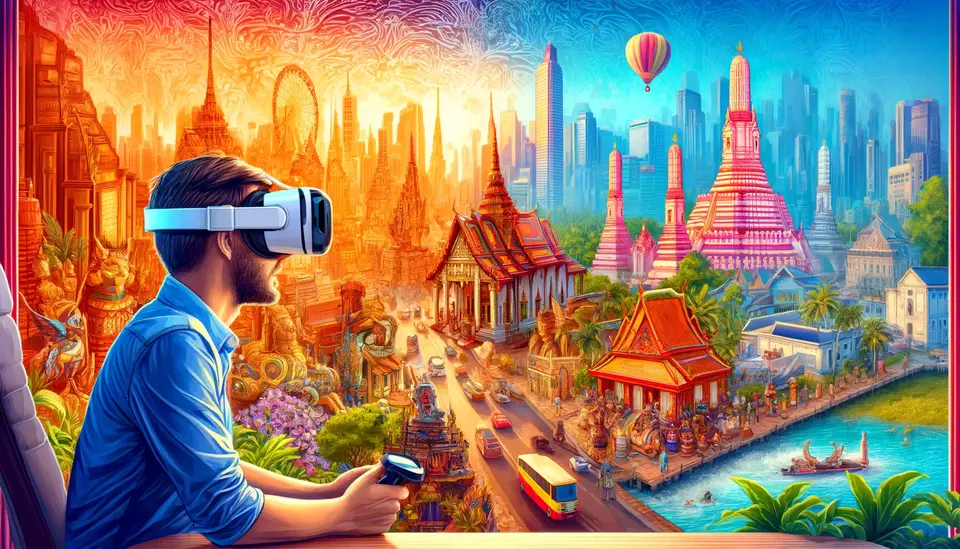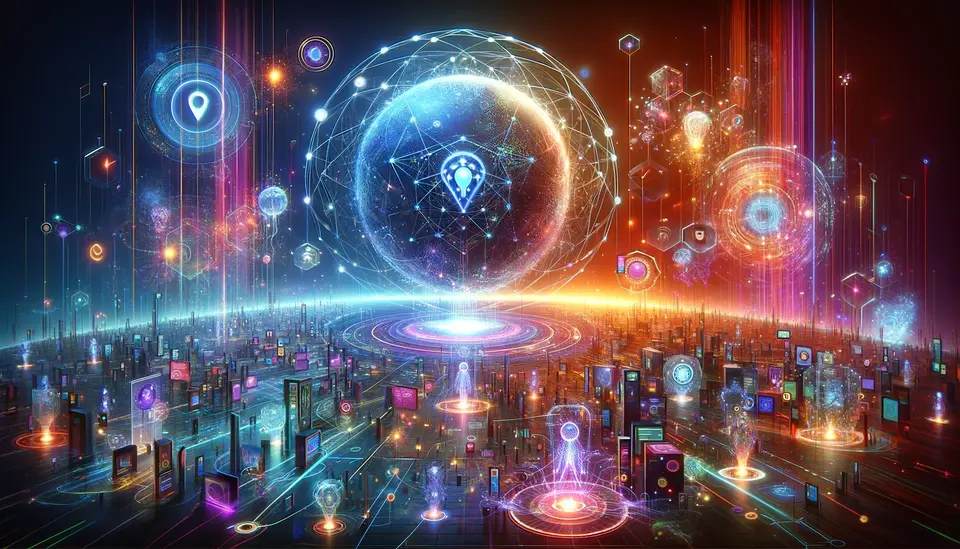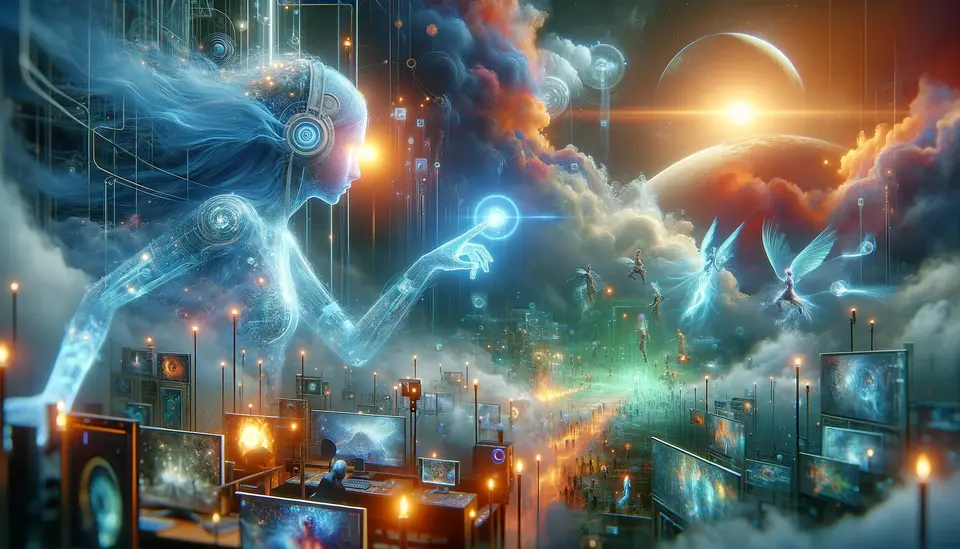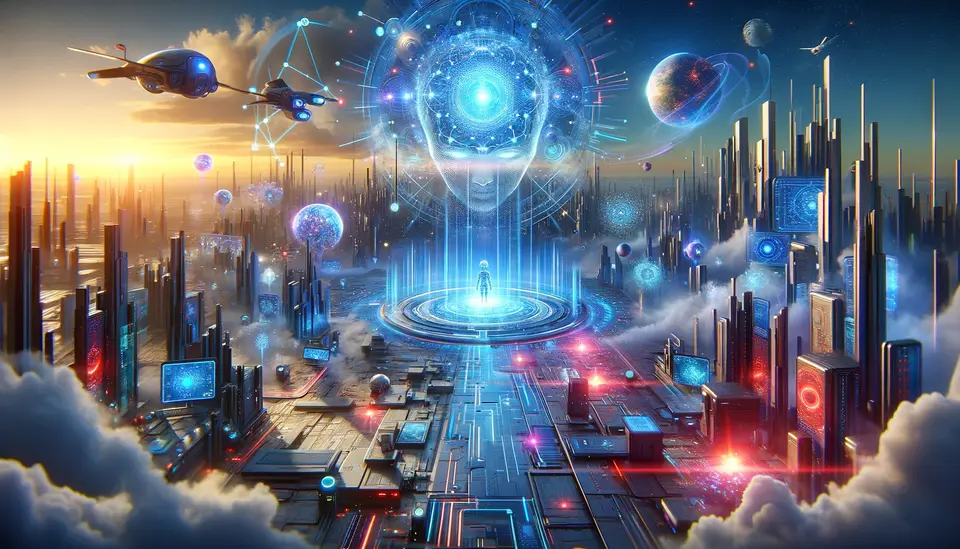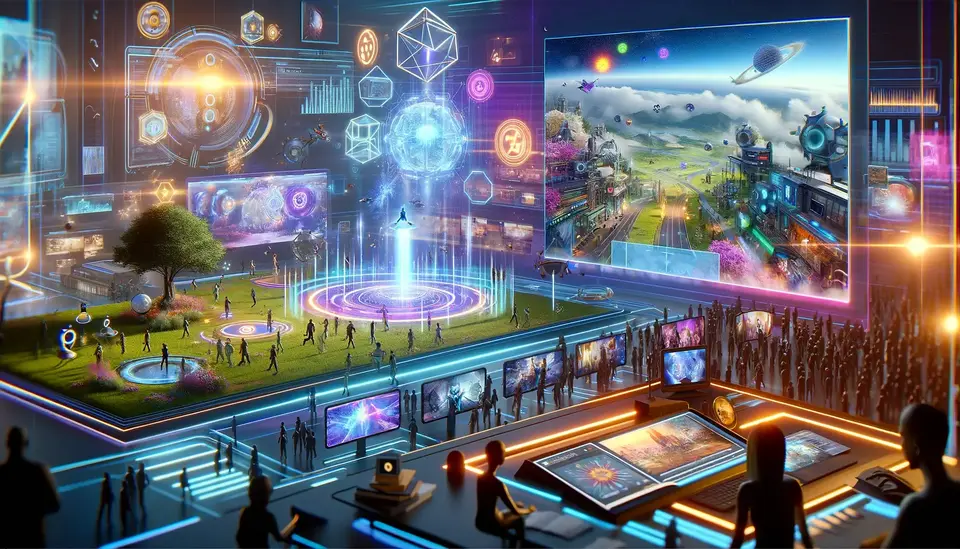Metaverse Examples and Use Cases
Posted on March 25, 2023 3 minutes 537 words
Table of contents
Welcome to the exciting world of the metaverse, where our physical and digital lives intertwine to create immersive, interactive experiences. With the rapid advancements in virtual reality (VR), augmented reality (AR), and blockchain technology, the metaverse is poised to revolutionize the way we live, work, and interact with one another. In this blog post, we will delve into real-world examples and use cases of the metaverse, offering a glimpse into the opportunities and challenges that lie ahead.
Social Interaction and Community Building
The metaverse is redefining the way we socialize and connect with others. Platforms like VRChat, Rec Room, and Facebook Horizon enable users to create avatars, meet new people, and form communities in virtual environments. These platforms foster unique social experiences, from attending virtual parties to participating in group activities, and even exploring user-generated worlds.
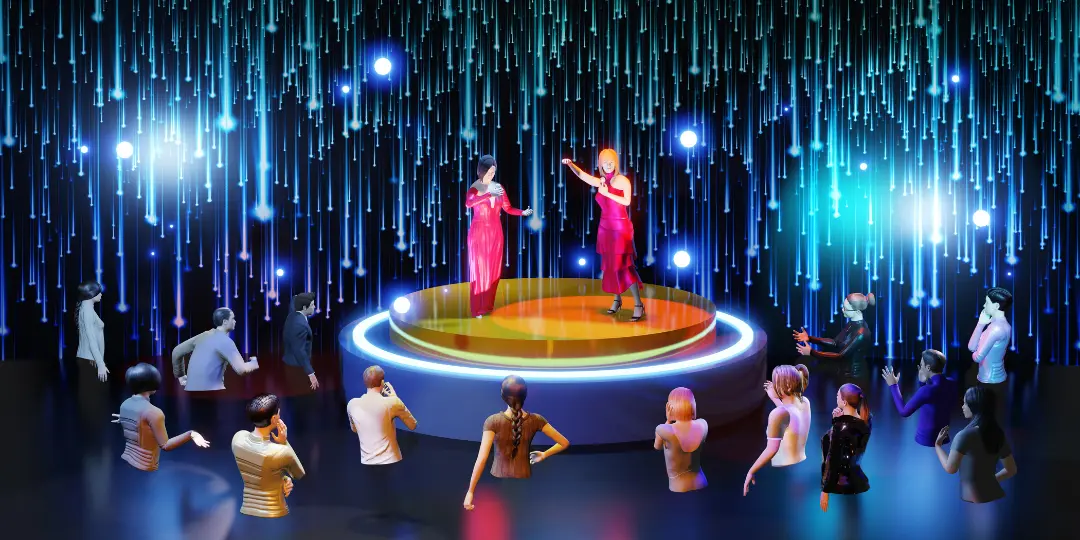
Gaming and Entertainment
Gaming is at the forefront of the metaverse, with popular platforms like Roblox, Fortnite, and Decentraland leading the charge. These virtual spaces offer immersive gaming experiences, where players can engage in interactive quests, build custom environments, or even attend virtual concerts featuring real-world artists. The possibilities for entertainment within the metaverse are limited only by our imagination.
Education and Training
The metaverse also presents opportunities for innovative learning experiences. Platforms such as ENGAGE, Mozilla Hubs, and AltspaceVR allow educators to create virtual classrooms, conduct immersive training sessions, and facilitate collaborative learning. Students can participate in interactive lessons, explore virtual field trips, or even practice real-world skills in simulated environments.
Commerce and Virtual Economies
As the metaverse grows, so do the opportunities for virtual commerce. Users can buy and sell digital assets like non-fungible tokens (NFTs), invest in virtual real estate, or even attend digital fashion shows. Emerging platforms like Somnium Space and The Sandbox are enabling businesses and entrepreneurs to create virtual storefronts and engage with customers in entirely new ways.
Work and Remote Collaboration
The metaverse is breaking down barriers for remote work and collaboration. Platforms like Spatial, Microsoft Mesh, and Frame offer virtual workspaces where teams can meet, collaborate, and present ideas in a 3D environment. These digital offices can bridge the gap between remote team members, making collaboration more engaging and efficient.
Art and Creativity
Artists and creators can leverage the metaverse to showcase and monetize their work. Platforms such as Cryptovoxels and SuperRare enable artists to create, display, and sell digital art and NFTs, attracting a global audience and offering new revenue streams.
Future Possibilities and Challenges
While the metaverse holds immense potential, it also presents challenges and concerns. As we push the boundaries of technology, issues related to privacy, security, digital divide, and ethical considerations must be addressed. The metaverse is a work in progress, and its future will depend on our ability to balance innovation with responsibility.
Conclusion
The metaverse is opening up a world of possibilities, transforming the way we live, work, and interact. As we venture further into this digital frontier, it’s essential to explore the opportunities and embrace the challenges that come with it. So, strap on your VR headset or log into your favorite metaverse platform and join us in shaping the future of our virtual worlds!


